Perhaps there is something in the air during the month of August. On August 4th, 2011, Mark Duggan was shot dead by London police, becoming the main inciting incident for the riots that began on August 6th. On August 9th, 2014, Michael Brown, an unarmed black teenager, was shot dead in Ferguson, Missouri. Similar riots ensued, a result of engrained racial and class tensions (the world over). In around four days, the rioting in London had ceased. A week later, problems in Ferguson are far from over. What’s the difference?
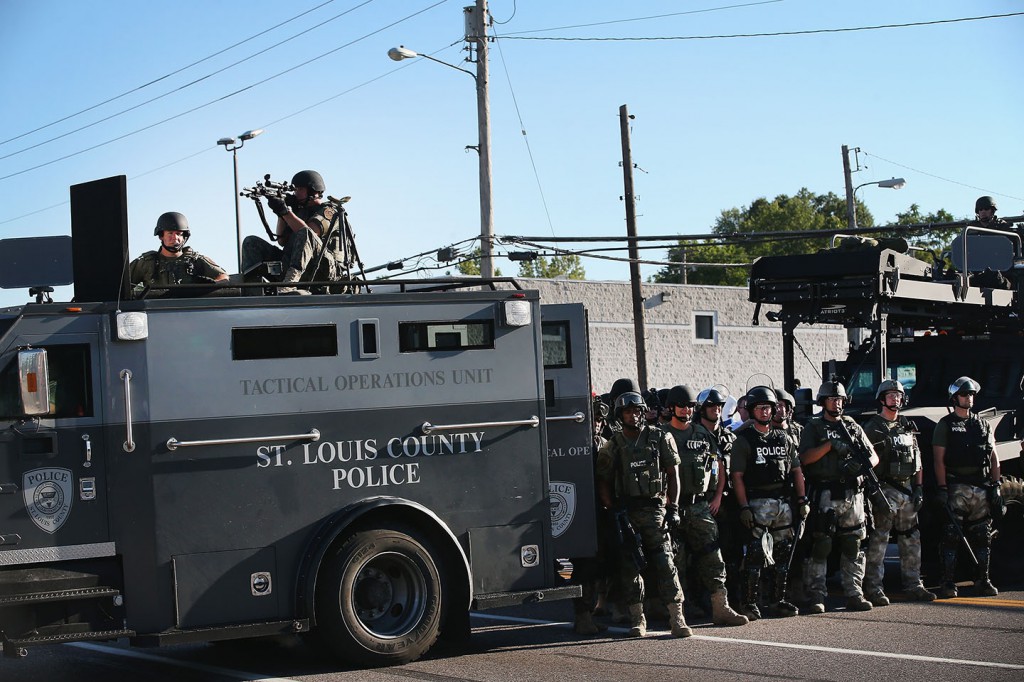 I’m no expert in the area, nor do I pretend to be, but there is an obvious difference to my mind: the style of police response. The photographs coming out of Ferguson are terrifying, looking like they belong in an authoritarian country. I’ve also started reading about the crowds policing themselves – stopping opportunists from looting to ensure that the protests stay on message.
I’m no expert in the area, nor do I pretend to be, but there is an obvious difference to my mind: the style of police response. The photographs coming out of Ferguson are terrifying, looking like they belong in an authoritarian country. I’ve also started reading about the crowds policing themselves – stopping opportunists from looting to ensure that the protests stay on message.
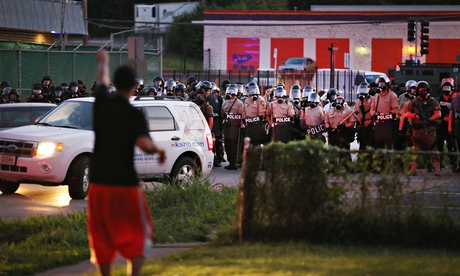 This all sounds a little bit political for a pop culture blog, doesn’t it? What I love about the creative realm – stories of all kinds – is that we have the opportunity to explore the issues we struggle with in everyday society in a less inflammatory way, so that people might have a chance to look at the issues from another angle without allowing their well-established prejudices and ideas clamp down their thinking.
This all sounds a little bit political for a pop culture blog, doesn’t it? What I love about the creative realm – stories of all kinds – is that we have the opportunity to explore the issues we struggle with in everyday society in a less inflammatory way, so that people might have a chance to look at the issues from another angle without allowing their well-established prejudices and ideas clamp down their thinking.
Books and films have a long history of dealing with racial and class issues, pointing out the injustice, and often actually making headway. Take Star Trek as an example; Uhura was the first black woman in a position of power to be depicted on US television. I would hazard a guess and suggest that Harper Lee is more than a little exasperated with the general public that we still haven’t really learned from the lessons she doled out in her classic novel, To Kill a Mockingbird. And why shouldn’t she be?
In my searches for films about racism, there was one film missing from every list I found, and I’m not sure why: Pleasantville (1998). I love this film and its messages about racism, intolerance, embracing change, feminism, etc. It has been criticized for its ‘basic’ metaphor, but I believe this is absolutely one of its strengths – often the simplest metaphors are the strongest, the ones that have the most visceral impact.
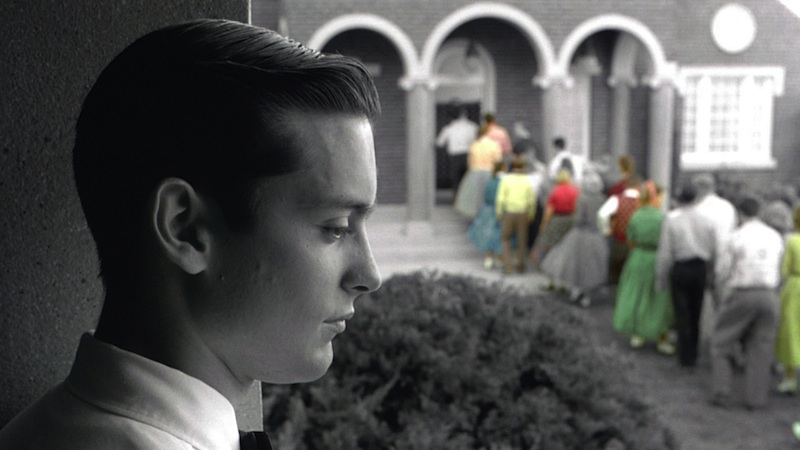 The story of Pleasantville follows two ordinary US teenagers who get sucked into the world of a 1950s black-and-white family sitcom. Once in the ‘Pleasantville’ world, they are accepted by all as the children of the Parker family. Soon, however, things begin to change. With them, David and Jennifer bring new ideas, most importantly, a sense of freedom that was mostly lacking in the 1950s. As the people of the TV world are exposed to new experiences and outbursts of intense emotion, they begin to change: from black-and-white to colour. Change in their town – as change will – brings unrest; fear of the different, irritation at women who suddenly want their own lives, a propensity to lock down, regulate, and control.
The story of Pleasantville follows two ordinary US teenagers who get sucked into the world of a 1950s black-and-white family sitcom. Once in the ‘Pleasantville’ world, they are accepted by all as the children of the Parker family. Soon, however, things begin to change. With them, David and Jennifer bring new ideas, most importantly, a sense of freedom that was mostly lacking in the 1950s. As the people of the TV world are exposed to new experiences and outbursts of intense emotion, they begin to change: from black-and-white to colour. Change in their town – as change will – brings unrest; fear of the different, irritation at women who suddenly want their own lives, a propensity to lock down, regulate, and control.
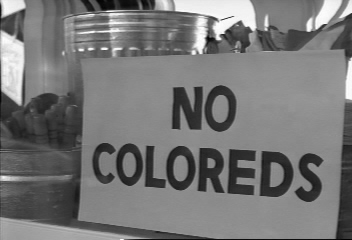 It is the story of our own social history – the US, England, Australia… When new ideas blossom, those in power are afraid, burning books or banning them. Segregation takes hold, with many public places having ‘no coloreds’ [sic] signs on display. Violence, destruction, and persecution follows. What are they really afraid of? And how can we watch a film like this and still fall into discriminatory, racist social traps?
It is the story of our own social history – the US, England, Australia… When new ideas blossom, those in power are afraid, burning books or banning them. Segregation takes hold, with many public places having ‘no coloreds’ [sic] signs on display. Violence, destruction, and persecution follows. What are they really afraid of? And how can we watch a film like this and still fall into discriminatory, racist social traps?
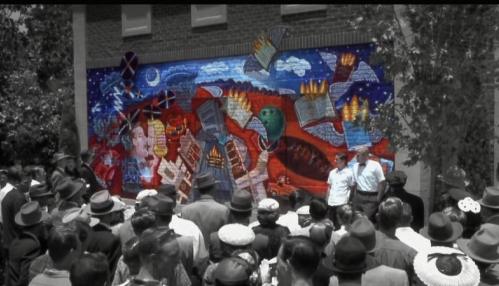 Amongst the race metaphor, the film also covers a broader issue – the fear of new ideas – or even more generally, the fear of anything different. In the film, this is best represented with the story of Mr. Johnson, who loves to paint. When he first meets David, his painting is limited to the window decorations for his soda shop, but David brings him a book (those evil, evil things!) from the library on modern art, spurring Mr. Johnson to try painting with colours and in different styles. He paints a nude as well as a mural depicting the violence and destruction that has occurred in the town since people started changing colour.
Amongst the race metaphor, the film also covers a broader issue – the fear of new ideas – or even more generally, the fear of anything different. In the film, this is best represented with the story of Mr. Johnson, who loves to paint. When he first meets David, his painting is limited to the window decorations for his soda shop, but David brings him a book (those evil, evil things!) from the library on modern art, spurring Mr. Johnson to try painting with colours and in different styles. He paints a nude as well as a mural depicting the violence and destruction that has occurred in the town since people started changing colour.
Within the confines of the world created in Pleasantville, eventually even the most straight-laced of the town’s citizens become coloured – by accident or through deliberately opening their eyes to new experiences and ideas. Unfortunately, the answers to race issues in the real world aren’t so simple, but the overall message is – we are all the same, we all have the potential to be anything we want to be, no matter what colour we were born.
Pleasantville is one of many films dealing with issues of racism – and there are even more books covering the subject – and yet, we still haven’t learnt. Racial tensions are extremely high. The incidents in London and Ferguson can hardly be written-off as exceptional. Too much of our world lies on the tipping point, where the slightest (or not so slight) inciting incidents could set off something truly terrifying. If only the creative worlds could influence society in a more direct way, perhaps we would have learnt from films like Pleasantville or books like To Kill a Mockingbird by now.
 Pop Verse Pop Culture Universe
Pop Verse Pop Culture Universe
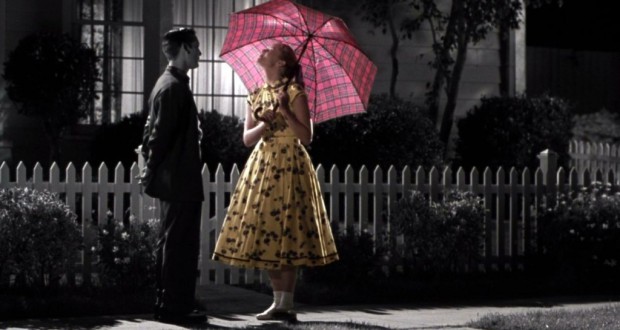
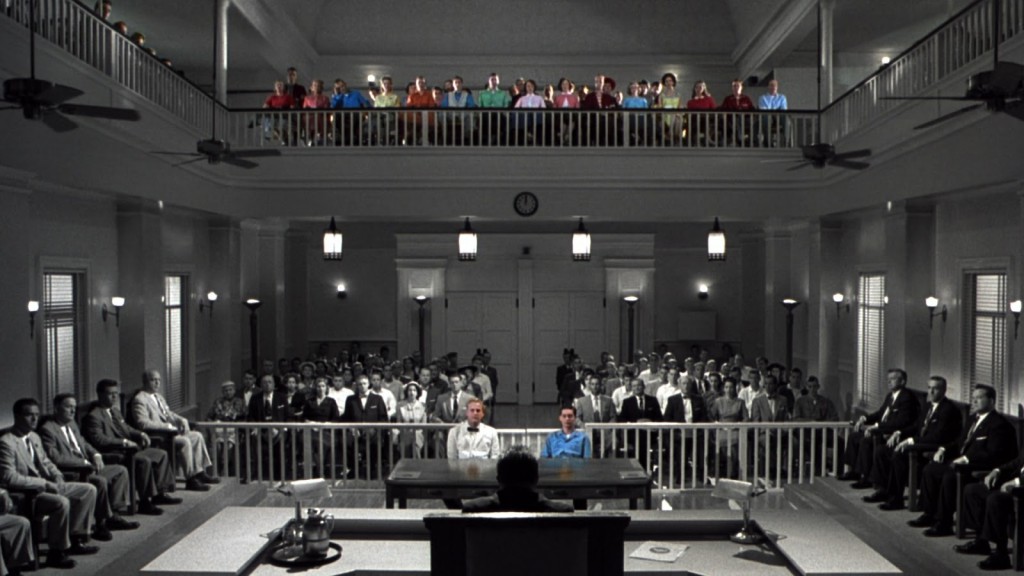


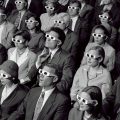
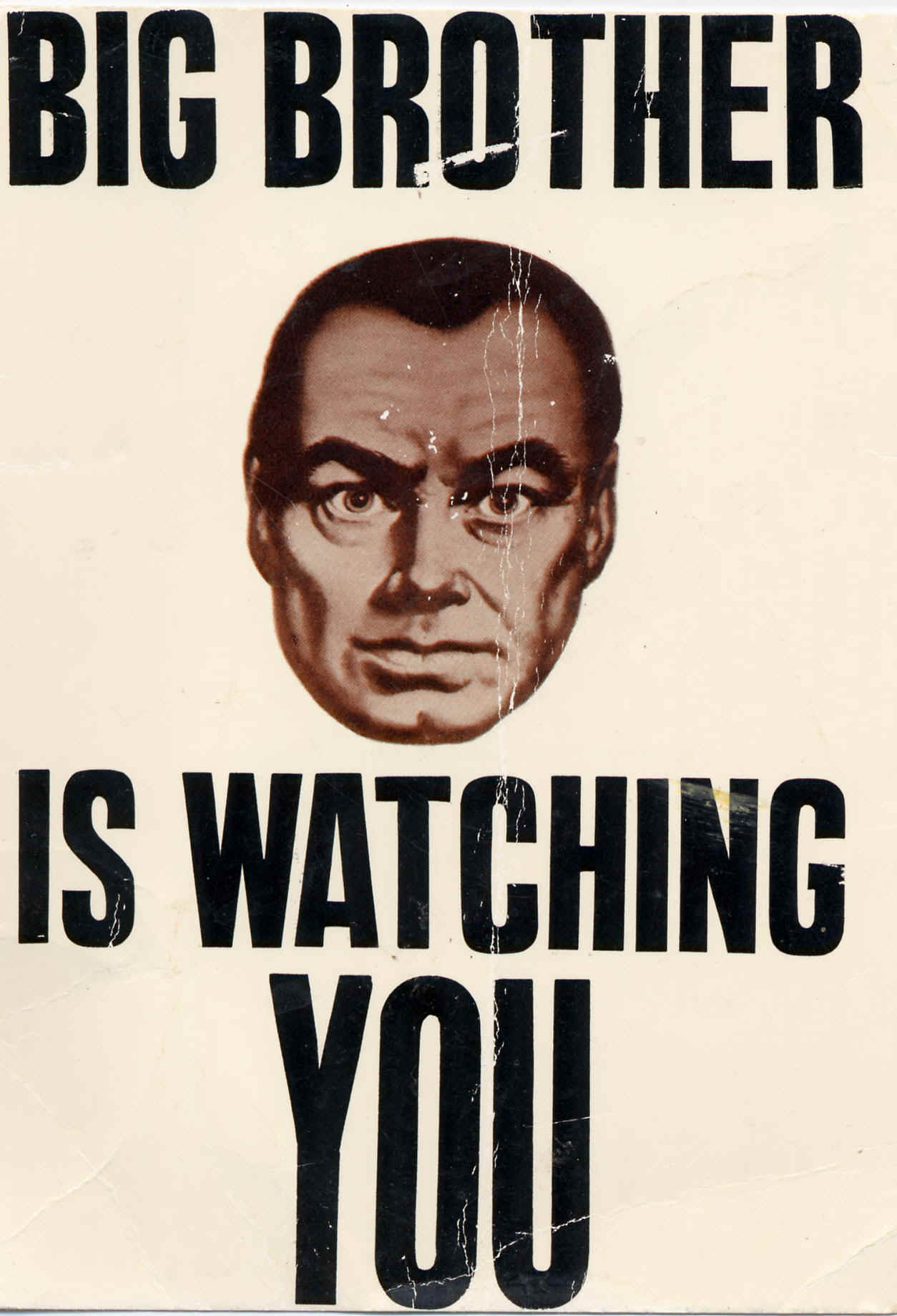
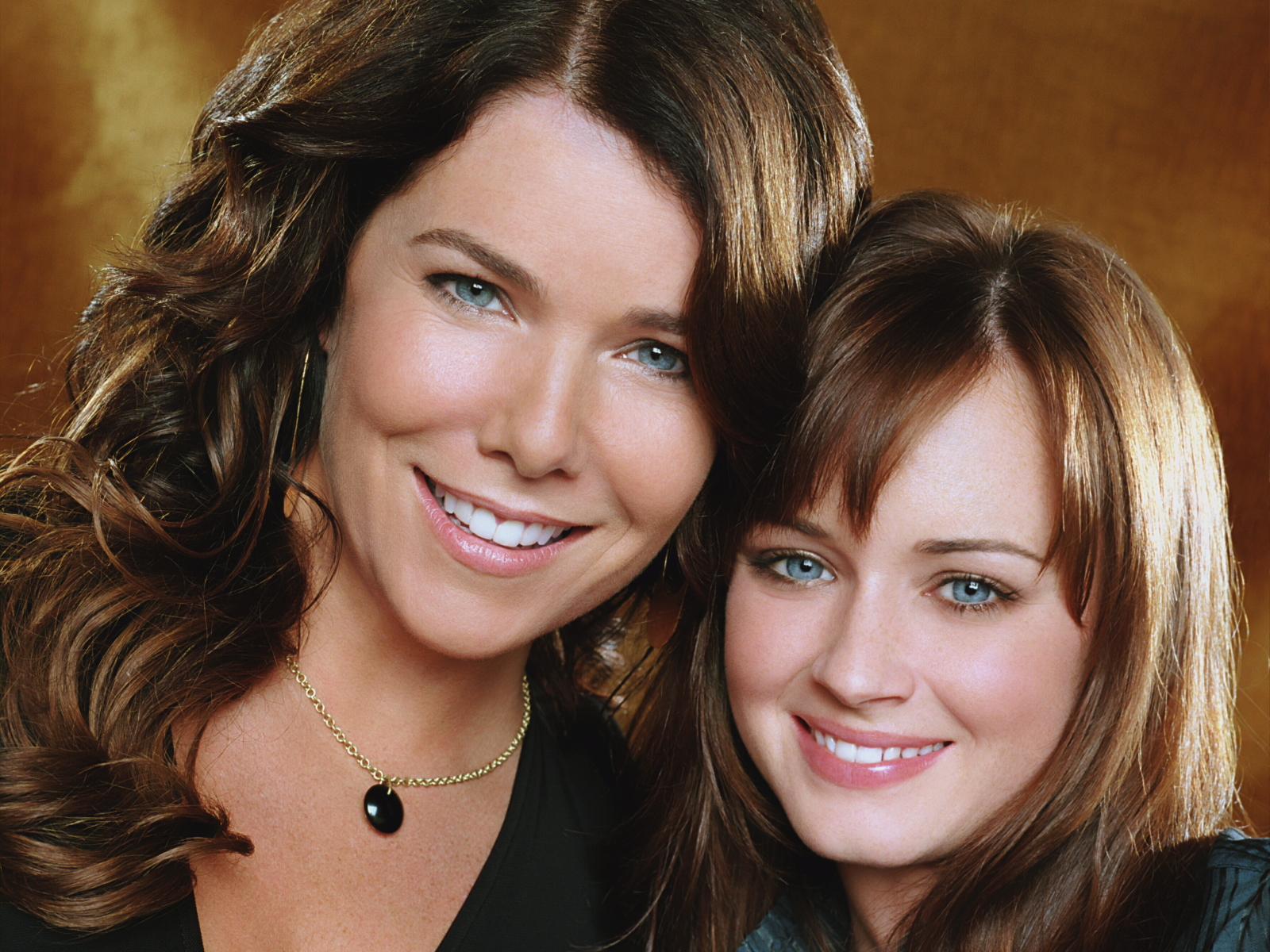

One comment
Pingback: Mark Duggan Riots | mindsandvinews | Post